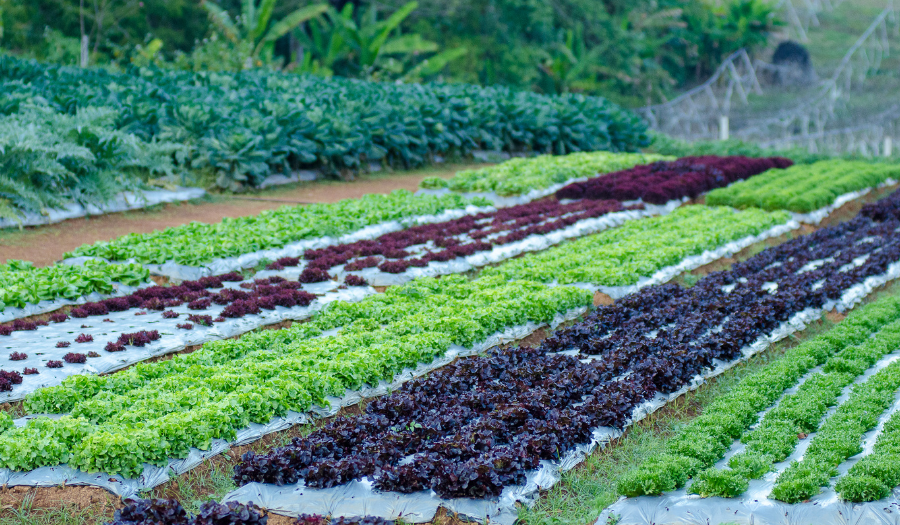Food Insecurity
Food Insecurity
Food insecurity is defined as the “limited or uncertain availability of nutritionally adequate and safe foods due to lack of financial resources.” The United States Department of Agriculture (USDA) defines the ranges of food security in the following categories:
Food Security
- High food security – no problems with or anxiety about consistently accessing adequate food
- Marginal food security – may have problems or anxiety at times but the quality, variety, and quantity of food were not substantially reduced
Food Insecurity
- Low food security – reduced quality, variability, and desirability of diets but the quantity of food intake and normal eating patterns were not substantially disrupted
Hungry
- Very low food security – eating patterns were disrupted and food intake reduced because the household lacked money or other resources for food [1]

Four Components of Food Insecurity
Food insecurity is multidimensional and comprised of four essential components:
- Food availability - the amount of food that is present through all forms of production, imports, and aid
- Food access - having physical economic/financial, and acceptable socio-cultural means of obtaining food
- Food utilization - safe and nutritious food which meets dietary needs
- Stability - food is present at all times in terns of availability, access and utilization [2]
An integral part of the multi-dimensional nature of food security is implications on nutritional status. Food insecurity can lead to:
- Decreased eating of healthful food, fruits and vegetables
- Increased risk of chronic disease such as obesity and diabetes
- Social exclusion
- Poor mental health, depression and anxiety
- Behavioral, emotional, and academic barriers
- Increased healthcare costs
Nutrition Security
The term Nutrition Security is sometimes used interchangeable with food insecurity but is much broader and is defined as a situation that exists when secure access to an appropriate nutritious diet is coupled with a sanitary environment, adequate health services and care, in order to ensure a healthy and active life for all household members. [3]
Malnutrition, the lack of proper nutrients to meet daily needs, often occurs with food and nutrition insecurity and is the largest contribution to disease in the world.
Community Food Security is a condition in which all community residents obtain a safe, culturally acceptable, nutritionally adequate diet through a sustainable food system that maximizes community self-reliance, social justice, and democratic decision-making. [4]
Supporting a healthy, sustainable food system is one method to achieving true food security. A Food System includes all activities involved in the production, processing, transport, and consumption of food. [5]

References
-
https://www.ers.usda.gov/topics/food-nutrition-assistance/food-security-...
- http://www.fao.org/fileadmin/templates/ERP/uni/FIMI.pdf
- Food and Agriculture Organization (FAO). World Food Programme, IFAD. The state of food insecurity in the world 2012. Rome, Italy: FAO, 2012.
- Hamm, M. Bellows, A. (2003). Community food security: background and future directions. Journal of Nutrition Education and Behavior; 35(1):37-43).
- http://www.tablematters.ca/tm-projects/food-system-defined/
Connect With Us
Food Systems & Hunger Studies
Dr. Makenzie Barr-Porter
Certificate Director
212 Funkhouser Building
Lexington, KY 40506
859-257-1573


